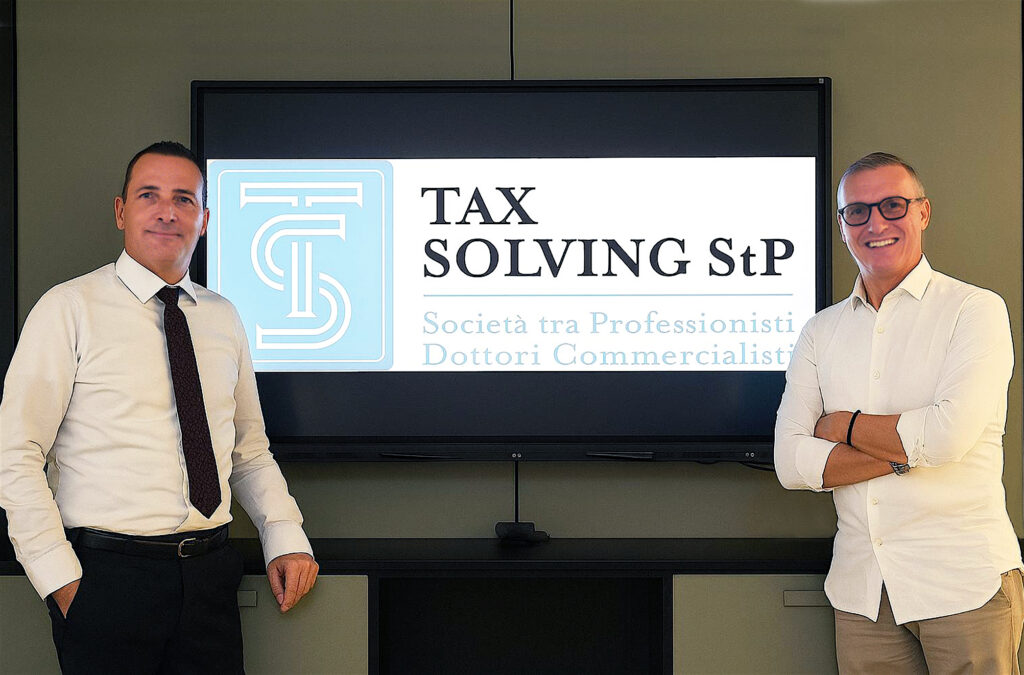In the current system governing tax law, characterized by an exceptionally high rate of legislative production, tax litigation continues to represent one of the most complex and dynamic areas. It requires specialized expertise and constant, qualified updates within a strategic vision of the disputes between taxpayers and the tax administration. In this context, Tax Solving StP, a Bergamo-based firm founded by chartered accountants Giorgio C. Rubini and Luca Alberti, and already featured in leading national publications, stands out as a solid point of reference for companies and professionals who need qualified and timely assistance in managing tax disputes. We spoke with the two professionals to learn more about the firm’s activities.

Dr. Rubini, what are the current figures on tax litigation in Italy?
Each year, the Department of Tax Justice of the Ministry of Economy and Finance publishes an annual report on tax litigation. The data for 2024, released in June, show a total of 224,725 appeals filed across the two levels of jurisdiction, marking a significant increase in both first-instance cases (+31.6%) and appeals (+15.4%) compared to 2023. The total value of settled disputes amounts to approximately €26 billion, with an average case value of €118,000. These figures are extremely significant and have sharply increased in recent years, likely linked to the strong rise in disputes that began in 2022 following the resumption of tax assessment and collection activities, which coincided with the end of emergency measures introduced in 2020 and 2021 in response to the Covid-19 pandemic. The surge recorded in 2024 in first-instance cases also stems from the abolition of the mandatory tax mediation procedure under Article 17-bis of Legislative Decree No. 546/1992, for appeals notified from January 4, 2024, onward.
What conclusions can we draw from this scenario?
Such a situation invites reflection both at the legal-institutional level and the socio-economic level, as it implies a high degree of fiscal uncertainty for businesses and citizens, with strongly negative effects on trust in the tax system. Beyond the absolute value of the figures—which are alarming in themselves—the most striking element is the average value of the disputes: €118,000 per case. This means that these controversies have a significant financial impact and may also extend into corporate or criminal tax matters. Consequently, whenever a tax dispute arises, there is a clear need for highly qualified technical defense, capable of developing targeted and advanced litigation strategies based on experience and continuous updates on case law.
Dr. Alberti, how does Tax Solving StP handle complex tax disputes, and what tools do you use to assess risk and guide clients toward the best solution?
We ensure a thorough preliminary analysis of the taxpayer’s fiscal position, including risk assessment and cost-benefit evaluations between litigation and early settlement, while also exploring negotiated and alternative solutions such as settlements, rulings, and compliance procedures. Recently, our firm has also introduced a strategic ally to further improve overall efficiency in managing litigation: artificial intelligence (AI). This system performs automated logical consistency checks and predictive calculations on the probability of success in court, compared with potential early-settlement options. This approach significantly reduces time spent on repetitive tasks and allows a stronger focus on strategic thinking by the legal counsel, a figure that remains central and irreplaceable.
In addition to tax litigation, Tax Solving StP is also known nationally for providing advisory services aimed at asset protection. What can you tell us about this specific area?
We live in a time when families increasingly express the need to protect the wealth accumulated over generations, seeking the right balance between present needs and future ambitions. In this context, Tax Solving StP offers specialized expertise and tools to provide clients with qualified support in safeguarding their assets, including during generational transitions, ensuring continuity and preserving value over time.

























































